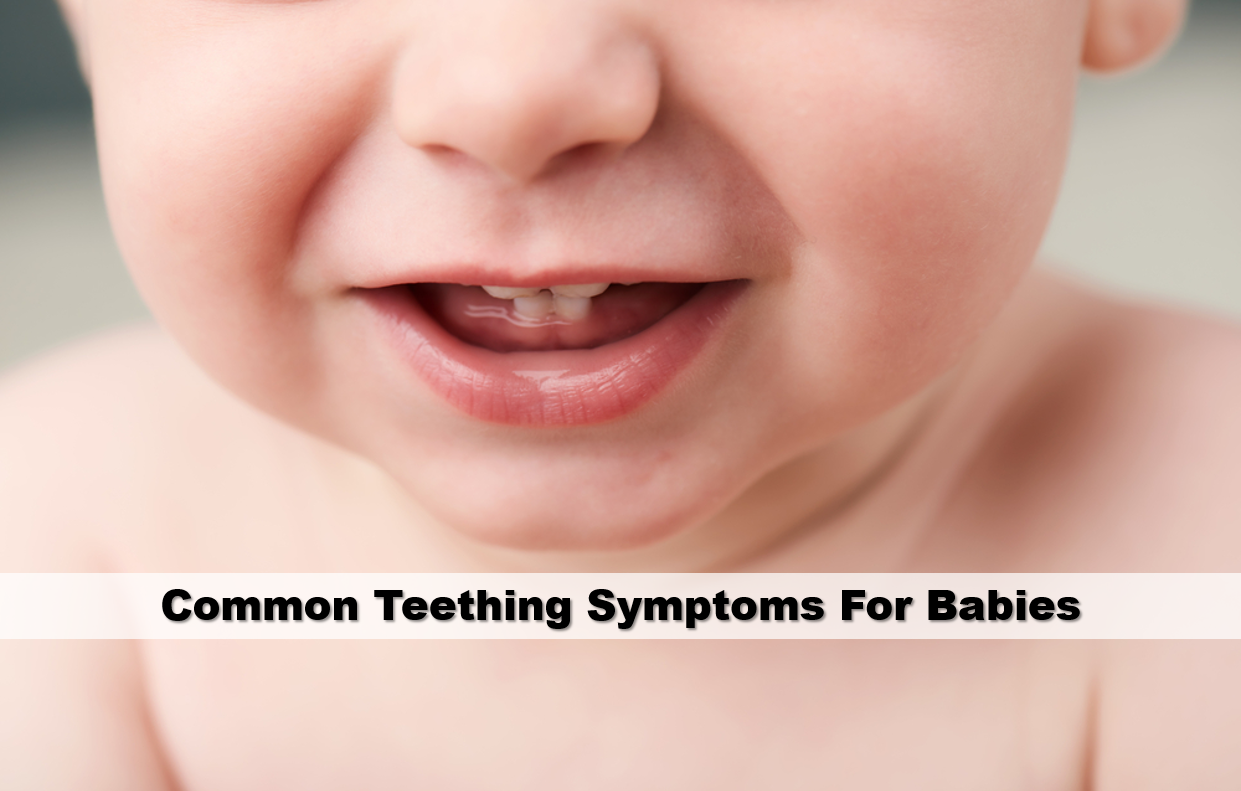Common Teething Symptoms For Babies

What are teething symptoms for babies? When do babies start teething? Each baby has a different character and unique physical characteristics. The genetic code of the baby has a decisive role in its development. While some babies develop rapidly, others develop more slowly. It is possible for parents to observe this situation during babies’ teething periods. In babies, some symptoms appear before teething. The symptoms may change, but generally, all babies begin to have the same symptoms. here, we will explain common teething symptoms for babies in the text below.
What Order Do Babies’ Teeth Come In?
Under normal circumstances, a baby’s teeth begin to come in after six months. The process, which first starts with the coming out of the two lower central incisors, continues until the baby is 24 to 36 months old, and the baby’s 20 milk teeth come in.
- Central incisors in 6 to 10 months,
- Lateral incisors in 9 to 12 months,
- The first molars in months 13 to 18,
- The second molars begin to appear in the 24 to 33 months.
However, as we mentioned at the beginning, these periods may vary according to the baby.
|Iron Deficiency Anemia Treatment (In Infants)|
The Symptoms of Teething
The development of each baby is not the same, and so the teething periods are not the same. For some babies, this process is quite painless and comfortable; for some, it can also be extremely restless and painful. Teething symptoms in infants may vary depending on factors such as genetic effects and developmental level. Teething in babies can occur with physiological symptoms such as pain, drooling, coughing, as well as symptoms such as fatigue and insomnia. Here are the symptoms of teething in infants:
Cough: Although cough is not a direct indication of teething, the drooling accumulated in the throat can cause coughing, since infants drool too much during teething periods.
Fever: It is common for babies to get a fever when teething. However, if the fever lasts for several days, it may be a sign of other diseases. Therefore, it is necessary to consult a doctor in such cases.
Drooling: Drooling is common in almost all babies when teething.
Rashes: It is natural for some babies to have redness on their cheek and chin, but some may not. Redness usually lasts for several days and then diminishes or disappears completely.

Loss of appetite: It is common when baby teething. Itching and pain in the gums can cause loss of appetite. Weight loss can be prevented by fluid-weighted.
Decreased sleeping: Pain, itching, or restlessness during teething can cause babies not to sleep. Generally, pain in the gums is not very severe, but in the case of prolonged insomnia, it may be necessary to consult a doctor.
Bleeding gums: Some babies may experience bleeding gums, which may cause pain. In case of bleeding, cold pressing the gum (gently massaging with a wet cloth left in the refrigerator) may help reduce pain.
Biting: Although it is not one of the direct signs of teething, it may occur during periods of itching. In babies during teething, itching is quite common, babies may try to bite their toys, spoons, and people with whom they have close contact. Giving food like a cold banana and carrot or teether prevents children from getting infected by mouth and damaging the gums.
Swollen gums: Swelling and pain in the gums in infants is a very normal and common condition.
Restlessness: Restlessness, which is one of the most essential symptoms of teething, occurs in many infants. It may take several months in some infants.
Teethers Are Excellent Solutions
Teethers offer excellent solutions for babies. Even if some babies experience the teething period without any pain, this process is painful for most babies. A baby can survive this period more easily thanks to some auxiliary baby products. In this regard, you can use teether for your baby. Teether is produced in different formats in the form of a teether ring and a teething toy. You can choose between solid plastic or one filled with water. Silicone tooth rings are resistant to the bites of the baby and do not deform easily. Thanks to them, the baby relaxes by massaging the itchy palate. Besides, babies can also improve their mobility, such as holding and grasping with a teether.




